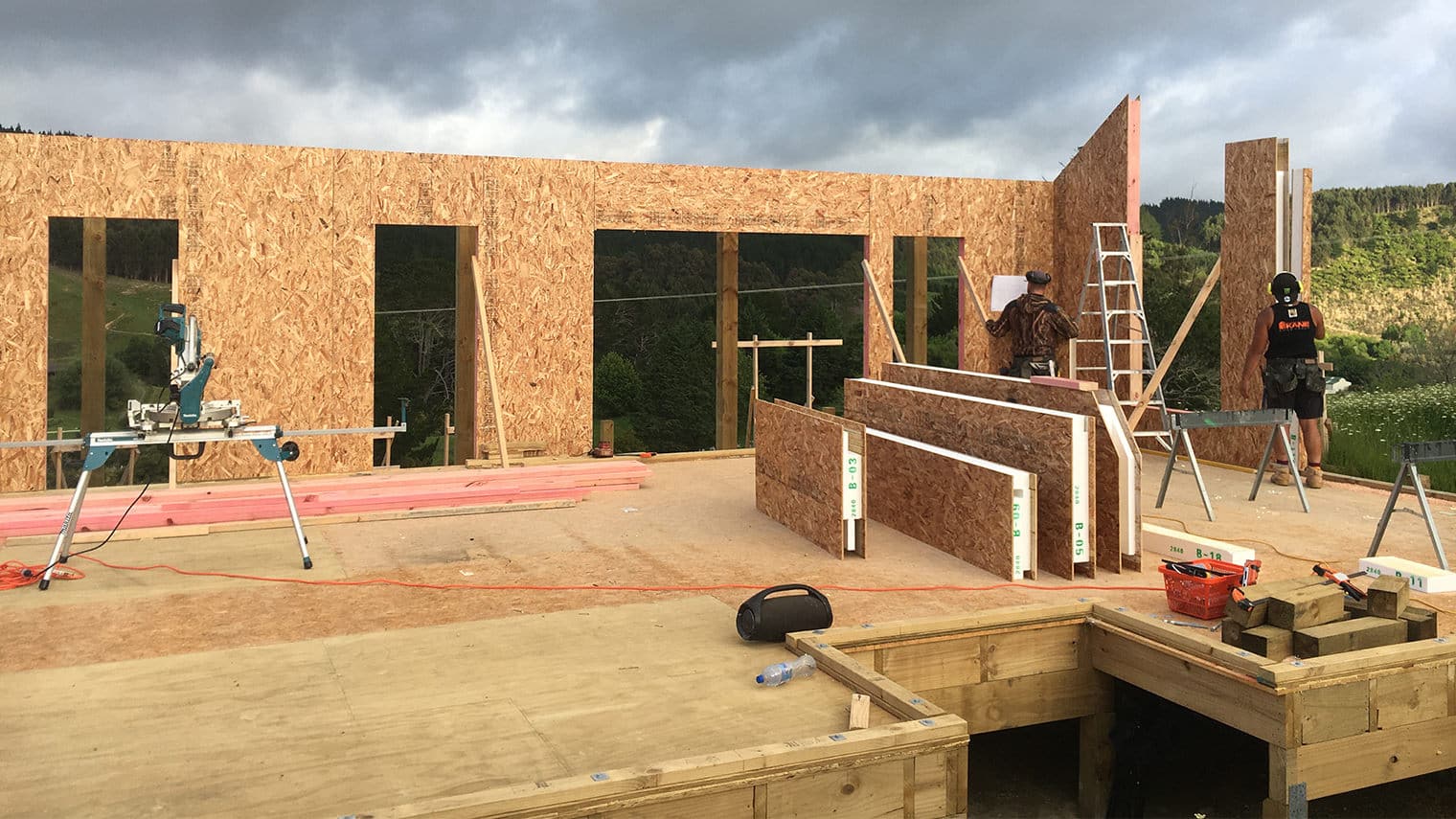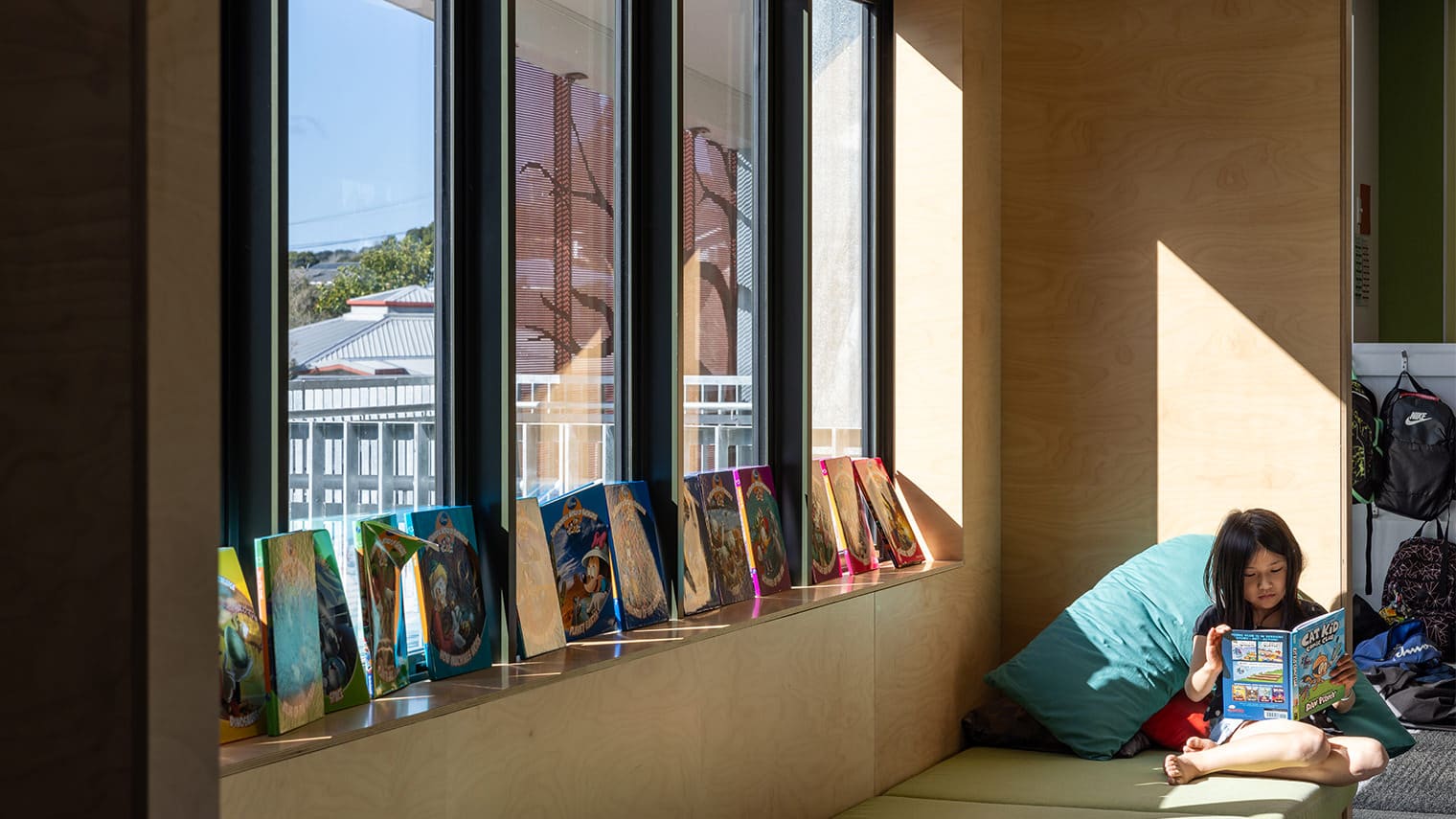Innovative learning environments
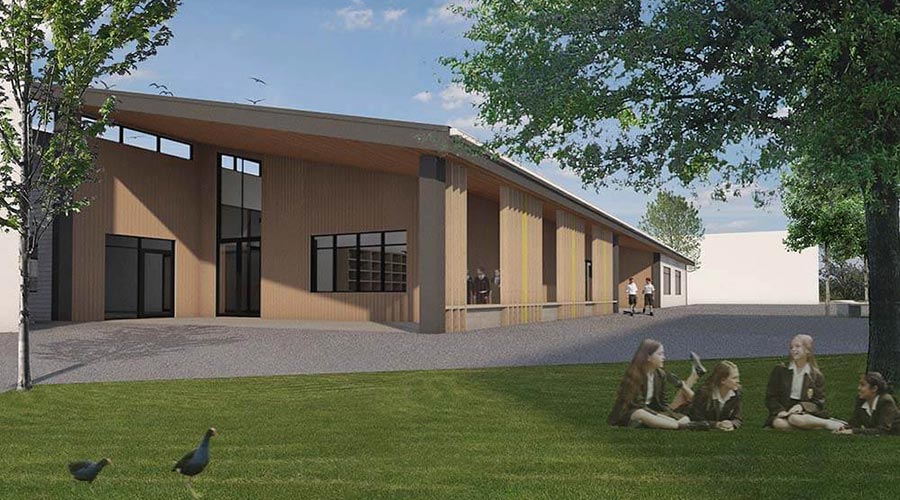
The education of our children is of utmost importance, and the spaces and environments that they are taught in can help or hinder the process.
The majority of schools in New Zealand date from the 1950s to the 1970s, and consist of small classrooms with orderly rows of desks all facing the front. Since those days, teaching styles have developed and now focus on a more collaborative approach – which many of New Zealand’s schools are simply not built to accommodate.
Recognising that change was needed and taking cues from teaching styles in Scandinavia and the UK, the Innovative Learning Environment (ILE) philosophy of flexible open learning spaces was introduced. The ILE philosophy is one of open plan learning. It focuses on spaces that are designed to “encourage collaboration and inquiry, both for learners and teachers, and allow teachers to teach in the style that best suits the needs of diverse learners.”
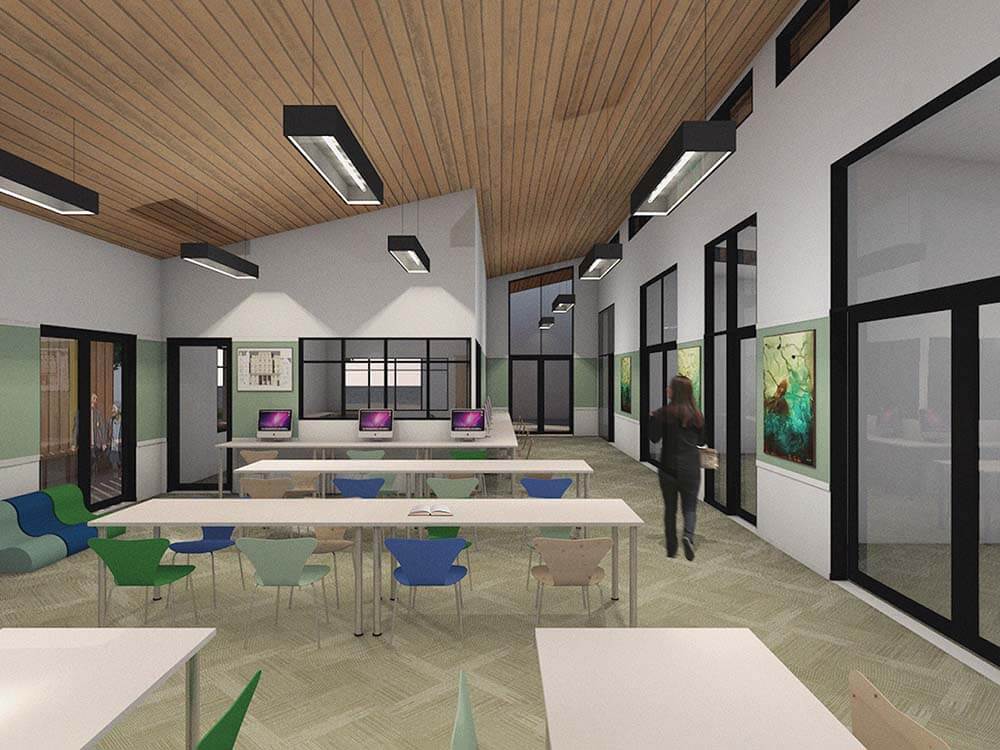
Diversity is the key, and the aim is to ensure that all children – irrelevant of their background or disability – have an equal opportunity and access to education through inclusive and accessible teaching styles and buildings.
To this end, the ILE system also recognises the importance of the built environment, highlighting the core elements of accessibility, air quality, heating, health and safety, lighting, insulation, sustainability and acoustics as being key in producing successful learning environments.
Once these aspects have been addressed, materiality and colour and their impact on children’s ability to learn must also be considered.
The interconnecting flexible spaces that form the backbone of the ILE environments recognise and enhance the power of learning as a community. These spaces must be carefully designed to augment this, drawing on relevant experience to reinforce a sense of identity in the design.
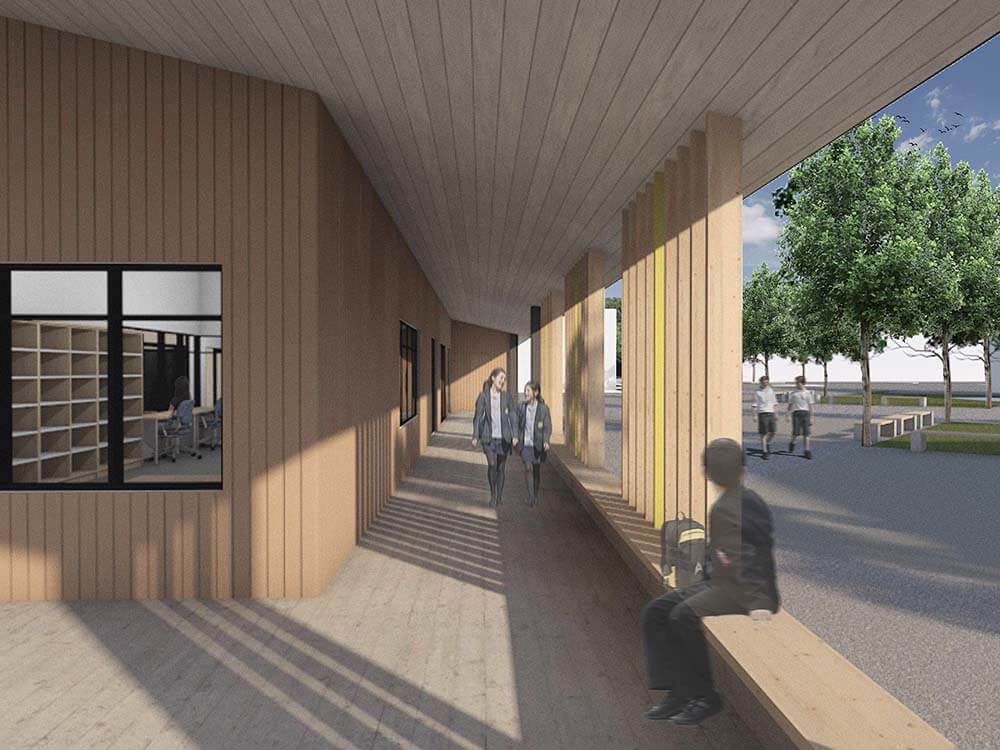
While the ILE philosophy is the currently accepted thinking in New Zealand, education styles and methods are constantly being updated and revised depending on what new studies bring to light, or even which government is in charge. The school environment is required to be flexible enough to accommodate these differences, while providing robust and well-designed buildings that will stand the test of time.
Respond-Architects has a wealth of experience in this area, having worked with the Ministry of Education and the schools themselves to update existing buildings, and to design and produce new build Innovative Learning Environments.
As designers, we strive to meet the MoE’s requirements to produce flexible, nurturing, durable buildings and spaces, both internal and external, to support the children of today to become the leaders of tomorrow.


